How to protect the screen of your Android device
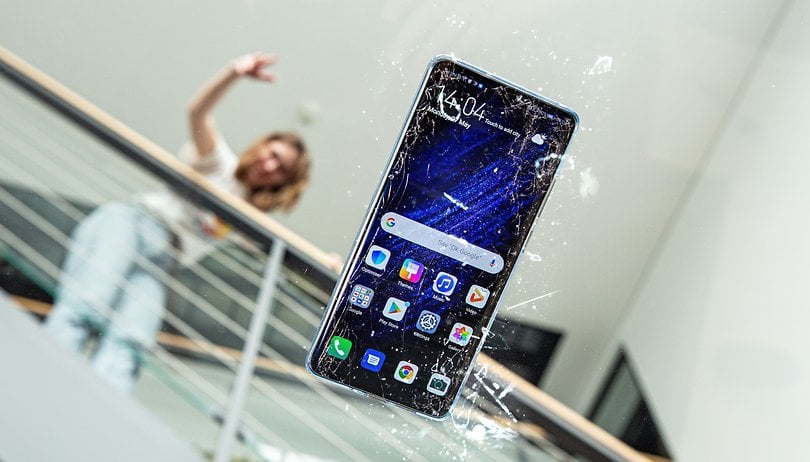

Five years ago, dropping your phone and breaking its screen was a major concern for many people. The durability of smartphones has greatly improved since then, but that doesn't mean you should be careless. If you want to prevent scratches or just be on the safe side, here are our tips on how to protect the screen of your Android device.
Cover the basics
It might seem incredibly obvious, but how you use and carry your smartphone on a day-to-day basis can make a huge difference for its durability. Although nowadays most devices come with Corning Gorilla Glass 6, which has been tested with shoulder-height drops and is supposedly scratch-proof, your display can still get damaged if you're not careful.
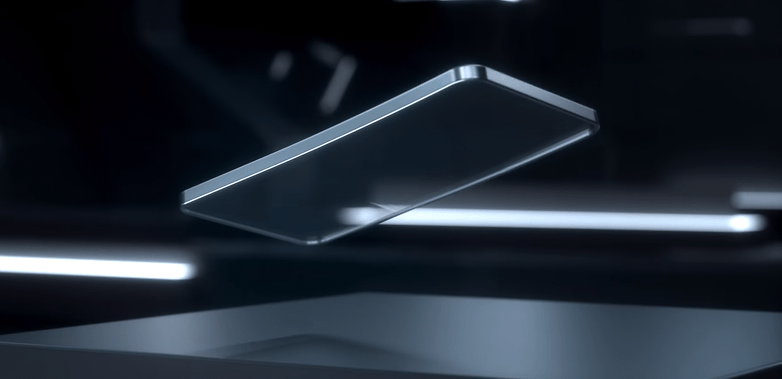
One of the easiest and most common ways people scratch their screen is because they put their phone in the same pocket as their keys or change. When you're walking, there will be friction between them, resulting in mini-scratches - unless you have a screen protector. If you do this and don't believe us, have a good look at your phone's screen next time it's sunny outside.
Another piece of advice, which might seem obvious, but which many don't follow, is to actually test how your new smartphone feels in your hands before purchasing it. Slippery materials or smartphones that are too big for your hands are a recipe for dropping and possibly damaging your device. So if you have the chance, go to a shop and test your phone before you order it online. Also, be careful when cycling, you don't want to have your phone slip our of your trouser pocket, as one of our Editor's experienced with his Huawei P30 Pro.
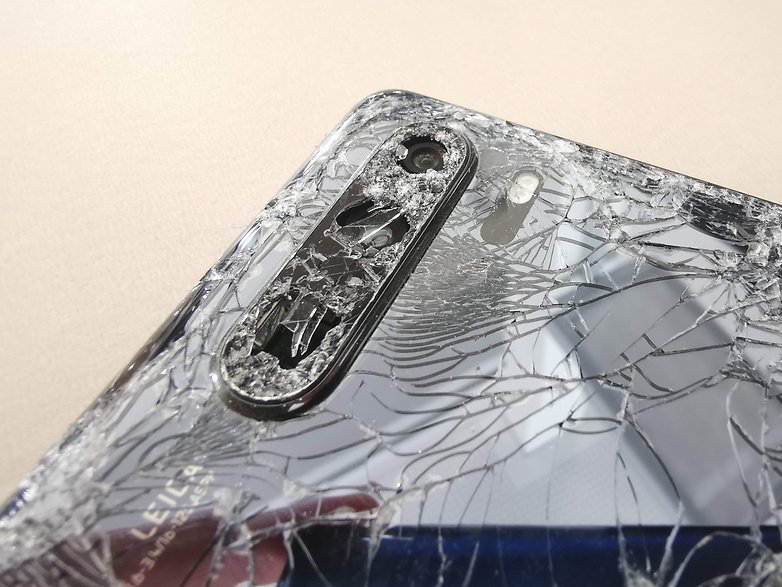
Cover your screen
If you have already taken the above steps, but you still want to be on the safe side (or you are clumsy), screen protectors will help. However, when trying to purchase one online you might be overwhelmed by the variety. This is why we will explain what each option offers.
Plastic
The cheapest and most-preferred option for many are plastic stick-on screen protectors. They are light, not very noticeable and easy to apply. However, they also offer the least protection. The two varieties you'd often find online are Polyethylene Terephthalate (PET) or Thermoplastic Polyreuthane (TPU).
PET protectors are sturdy and often not suitable for phones with curved screens, but they are very easy to apply. In comparison, TPUs are a lot more flexible, but require more effort to install and might give your screen a yellow-ish tint. Bubbles between the TPU protector and the screen are also likely to appear.
Glass
Tempered glass protectors are a step above plastic. They are a lot more durable and protect not only from scratches and day-to-day wear, but drop damage too. However, tempered glass protectors are not one-size fits all like most of their plastic cousins - you have to be careful to purchase one that's specifically made to fit your smartphone.
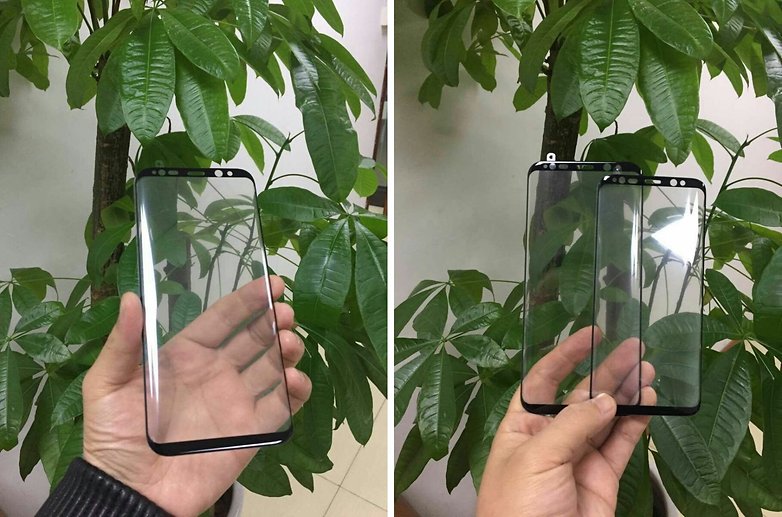
The prices of these protectors have also significantly dropped in recent years - you can find reliable ones for less than $10. More expensive versions with a matte finish, anti-UV layers and other interesting options are also available. They're probably the best choice for clumsy users.
What do you think? Are screen protectors necessary nowadays? Do you use one? Let us know in the comments below.
Note: this article has been rewritten since its first publication.






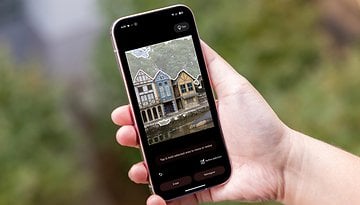

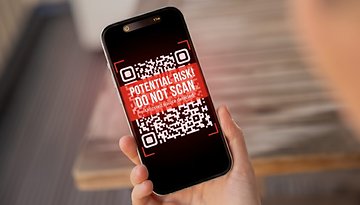
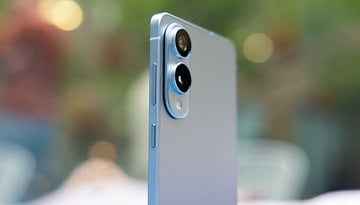
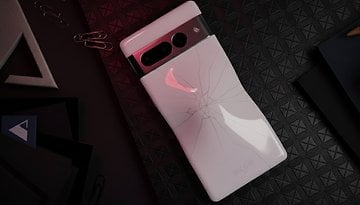
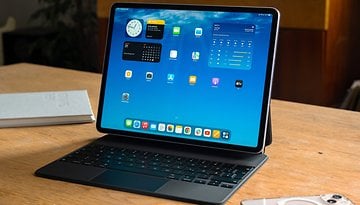
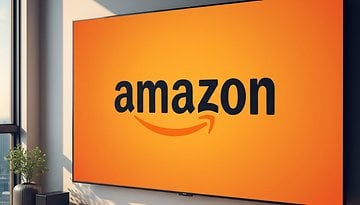
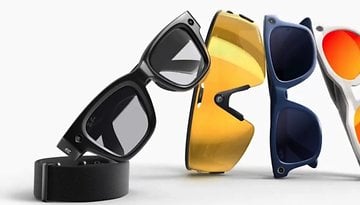
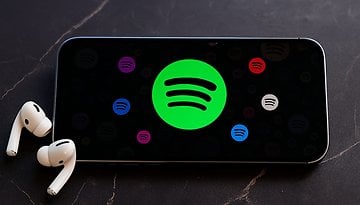
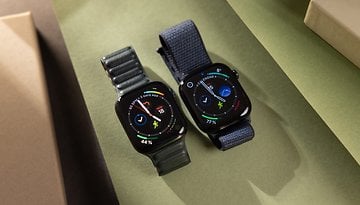
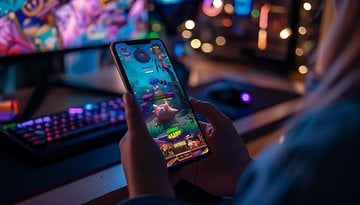
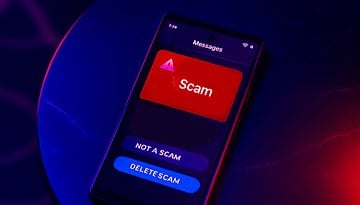


Thanks i bought my new and i follow these steps. Till now my screen is okk
I've had 9 smartphones since 2009. I've never used a screen protector on any of them, because the screen is glass. And, I keep my phone in a belt clip lined case. No stuffing them into my pockets. It's an expensive piece of electronic equipment, and should be treated as such.
Kind find one that allows you to use fingerprint.! Anyone know.
hell with tht as the going price now adays for these phones I'm really OC my baby is 100% covered up
-
Admin
Aug 19, 2019 Link to commentA plastic screen protector and paying attention to what I do.
I use and have been using the Zagg Ultimate. First it comes with a lifetime guarantee. I have had 2 issues over time where the glass screen protector is broken but not the screen. It also comes ready for the curved screen. And the touch is as if no screen protector is attached.
As a matter of fact Gorilla glass 3 is more scratch proof compared to Gorilla glass 5 and Gorilla glass 6, but at the same time the latter two are more shatter proof than the former. Perhaps it was realized that shattering of glass on smartphones and the expensive replacement which follows is the real pain for consumers, more than getting scratches on their display panels or glass backs.
I agree considering the fact that replacing front glass on my smartphone costs 40% of the original cost of my smartphone.
That's the price you pay for non modular unibody metal construct with 2.5 D Gorilla Glass.
I've used just about all of them I like the plastic for easy application and good clarity. Glass is to finicky in the install and i always get grit bubbles. The wet application films are my favorite. Weak clarity but the application gives the best results and the adhesion, toughness and durability are unsurpassed.
If they improved the application system to deal with real world factors of dust, the other forms could be greatly improved.
My brother ordered a Samsung galaxy and already ordered a screen protector for it from Mobansp. All the tips explained in this post is helpful for maintaining the screen of the phone along with screen protectors.
Cant disagree with that. tho any screen protector is better than none. If u have a case without sceen protectors, in a months time, i bet u'll notice tiny tiny scratches almost invisible at certain angles, in best case. Could be ugly harsh lines too
Spigen tempered glass for my N5
I use my phone butt naked. No screen protectors whatsoever. But I'm the king of wallet cases. The last 5yrs, never a mark or scratch. It's an adjustment but once you get use to it, my preferred method, and it works. The best protection for expensive glass sandwiches!